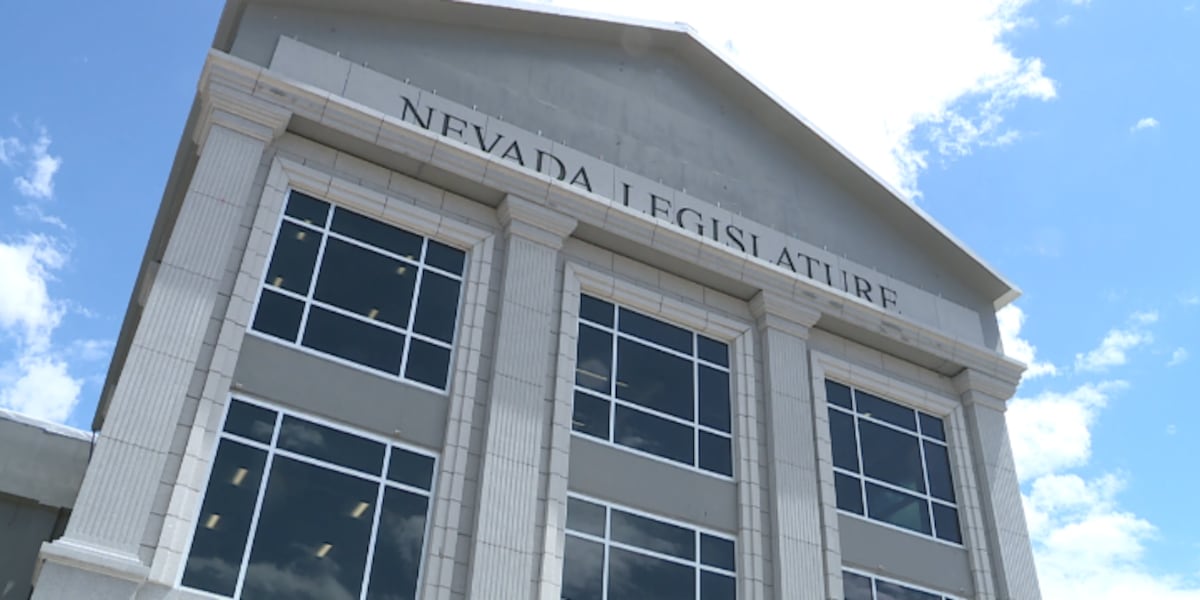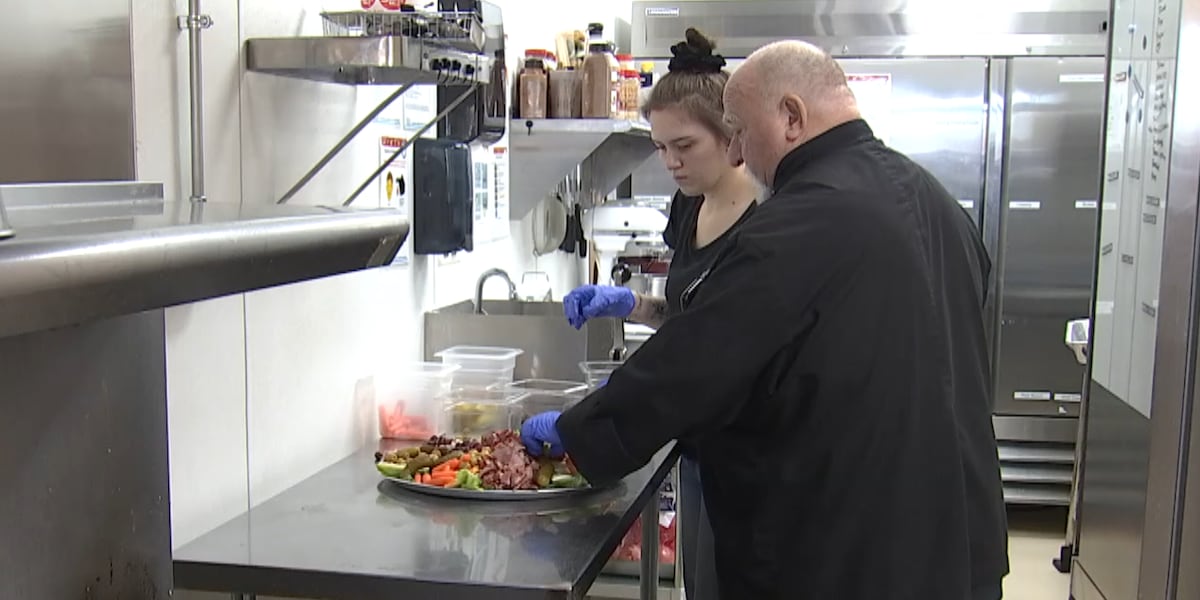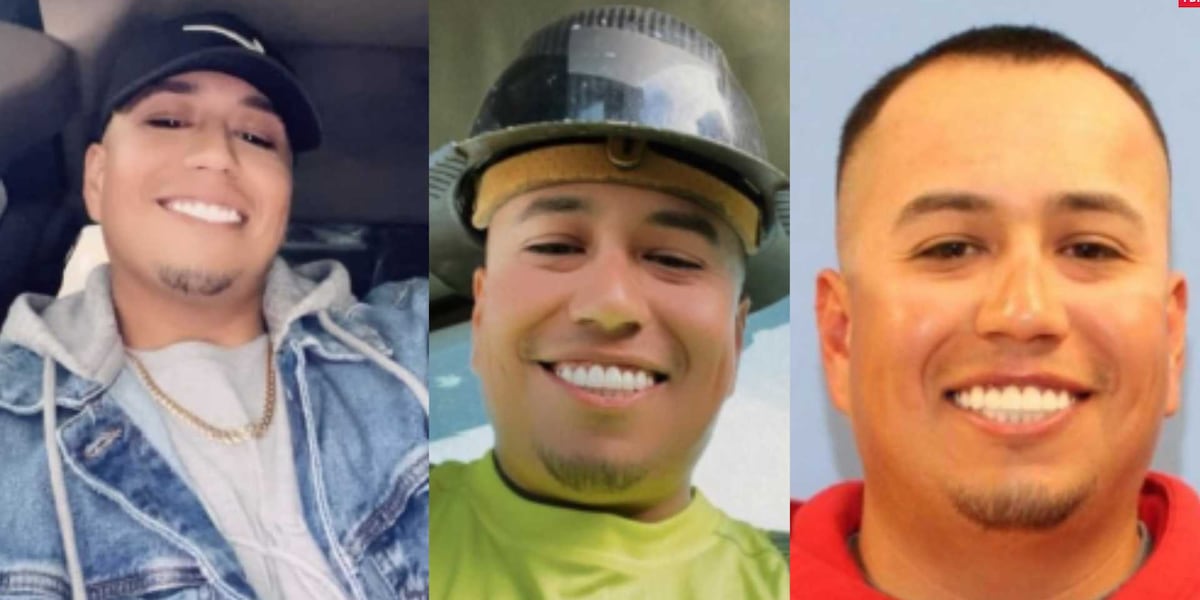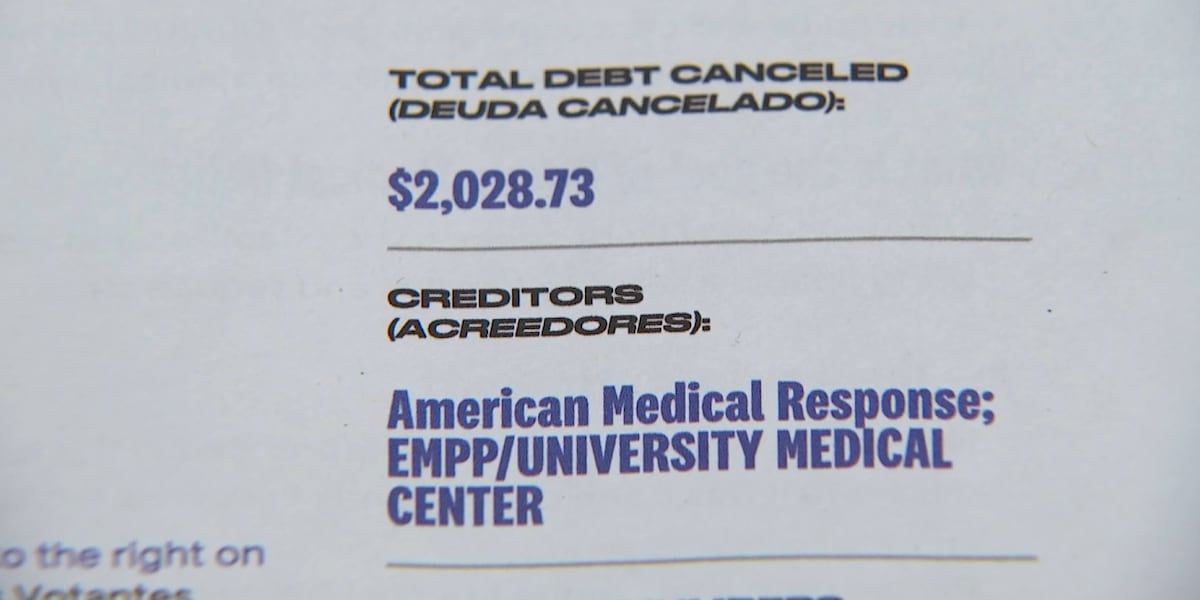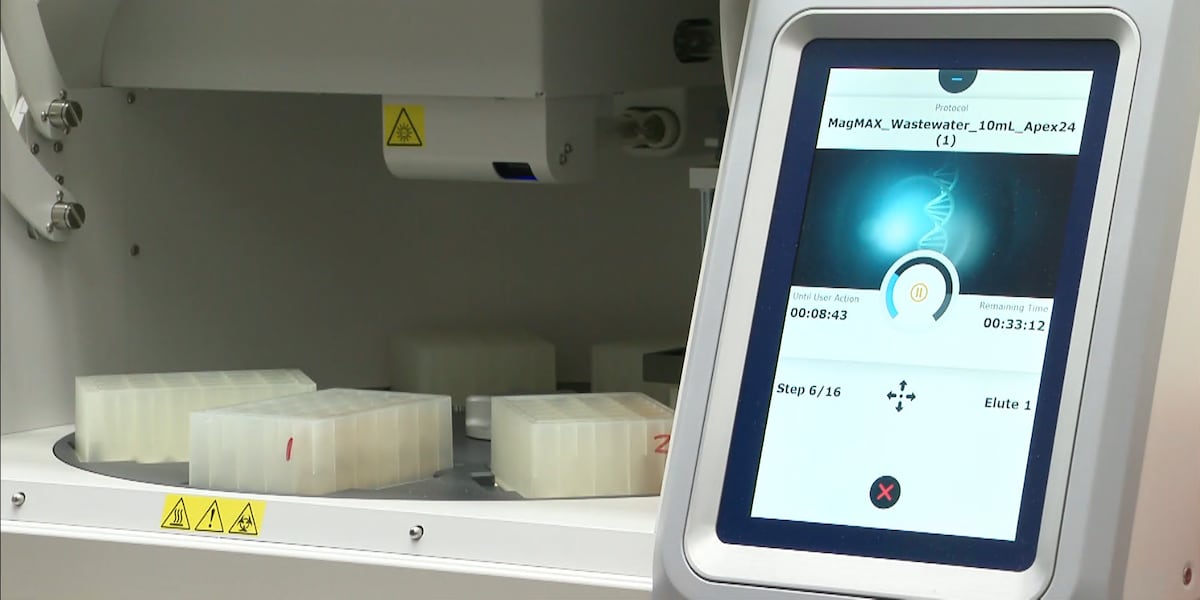
LAS VEGAS, Nev. (FOX5) – If you’ve been feeling poorly this month, you’re not alone. New numbers from the Southern Nevada Health District show Influenza A and RSV rising across the Valley.
Cold and flu season, which now includes COVID and RSV, runs from October through May. So far this season, respiratory illnesses have killed seven people and sent nearly 440 to the hospital.
Last season, those illnesses killed a total of 13 and hospitalized 294. So, we’re already outpacing last year for serious cases, and again, the season doesn’t end until May.
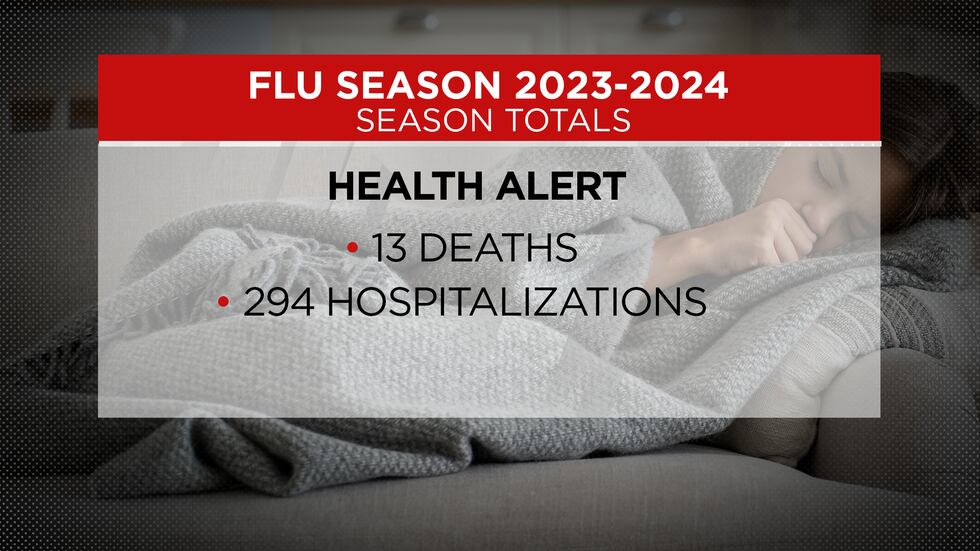
The SNHD learns about cases in several ways. It gets reports from doctors, from hospitals, and from members of the community who reach out to share anecdotal information about their workplaces, or neighborhoods.
Another tracking method involves a bit more detective work. It can help predict where people will get sick before they even see their first symptoms.
“I can take the wastewater and do an experiment on it and actually get it down to just the DNA that tells us what viruses and bacteria are actually in the wastewater.”
Brooklyn Bradshaw is a research assistant at the Nevada EMPOWER laboratory at UNLV.
In this lab, researchers track the community’s health through its toilets.
The process starts in the field, with collection sights all across the Las Vegas area.
“We’re able to put that tubing down the manhole to be able to collect our sample that we need to extract the DNA from.”
Back at the lab, Bradshaw and her colleagues distill down each ten-liter sample to the point where they can identify, not only bacteria and viruses but also DNA. Those microscopic elements tell scientists what sicknesses people may contract, and where.
“We just were working during this holiday season and we were able to see a lot of fluctuations with the wastewater samples and our concentrations so that was definitely an increase and showed that tourism was very high and possibly a lot of COVID and other viruses came into the city,” Bradshaw tells us.
The numbers from SNHD confirm that theory – showing moderate concentrations of COVID, and high concentrations of both RSV and Influenza A.
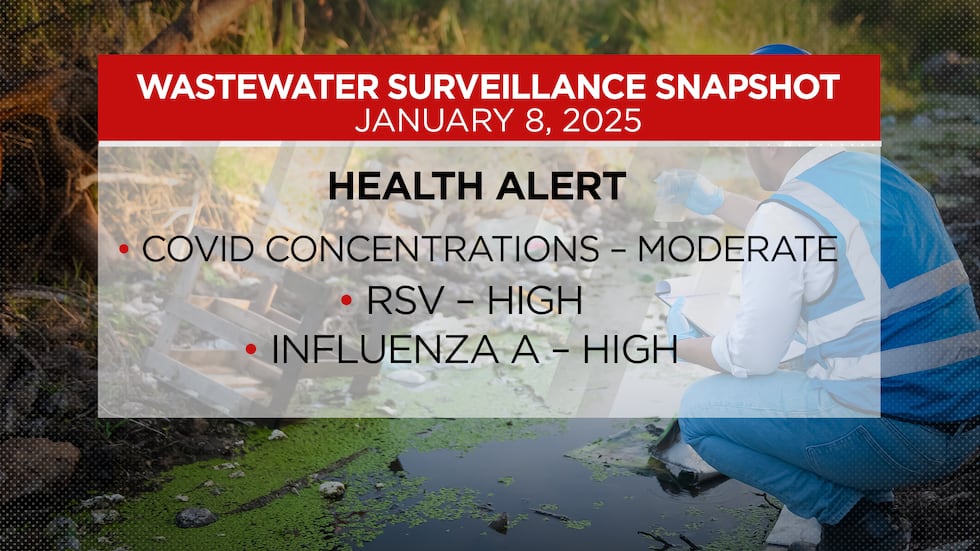
The Centers for Disease Control and Prevention says wastewater testing likely detected the presence of those illnesses before residents experienced their first symptom. That early detection is just one of the benefits the CDC sees in wastewater surveillance.
It says it’s also fast and efficient. The CDC says it can be used to track emerging health threats and then track changes in those health threats. The agency also finds it very complementary to other types of public health monitoring methods.
Bradshaw too sees the value of her research.
“This is data that can always be looked at to at least see what locations of the city are seeing increases or decreases of viruses or other outbreaks, so that just helps us kind of predict that there might be more to look out for, there might be more to be prepared for in the moment.”
The CDC launched its first wastewater program in September 2020 in response to the COVID pandemic. It now has 1,500 labs like the one at UNLV in all 50 states. They collectively monitor the health of some 1.5 million Americans.
The labs are currently monitoring water for signs of bird flu and mpox in addition to the seasonal respiratory illnesses previously mentioned. So far health officials tell us, they’ve detected neither in southern Nevada.
NV EMPOWER is a collaborative effort involving the Southern Nevada Water Authority and the Desert Research Institute, as well as UNLV and the SNHD.
Copyright 2025 KVVU. All rights reserved.
